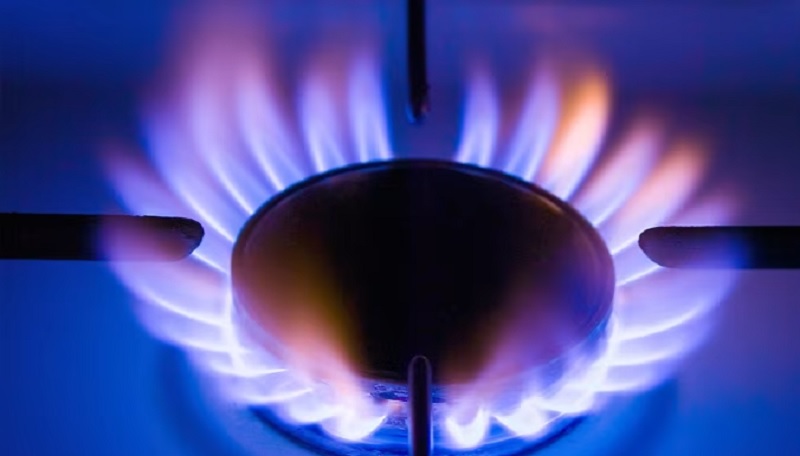
Natural gas is a cornerstone of global energy consumption, powering homes, industries, and electricity grids. Natural gas prices are highly volatile despite its reliability as an energy source. One of the most influential factors in price fluctuations is the impact of weather and seasonal patterns. Climate changes, extreme weather events, and shifting climate trends directly affect demand, supply, and infrastructure. Understanding how these factors interact is crucial for consumers, investors, and businesses that rely on natural gas for heating, cooling, or electricity generation.
The Fundamentals of Natural Gas Pricing
Natural gas prices are determined by the interplay of supply and demand. When demand rises—such as during extreme cold or heat—prices tend to spike. Conversely, when demand is low, prices stabilize or drop. Storage capacity, transportation infrastructure, and market speculation also play essential roles in determining pricing.
Market participants, including energy companies, traders, and government agencies, closely monitor inventory levels, production rates, and weather forecasts to anticipate price changes. Additionally, external influences like geopolitical events, regulatory policies, and global economic conditions further complicate price movements. See it here to get started.
Seasonal Trends in Natural Gas Prices
During winter, natural gas demand reaches its highest levels due to increased heating needs. Residential and commercial properties rely on gas-powered heating systems, particularly in colder regions. As temperatures drop, the need for heating surges, straining supply networks. This increased consumption often leads to higher prices, especially if storage reserves are insufficient or unexpected cold spells hit key consuming regions. Harsh winters can result in price spikes if production or transportation infrastructure is affected. If pipelines freeze or storage levels decline faster than expected, natural gas prices can experience extreme volatility.
While natural gas demand is typically lower in summer compared to winter, it remains a crucial period for price fluctuations. The widespread use of air conditioning systems drives up electricity consumption, increasing reliance on natural gas-powered power plants. Heatwaves, in particular, can strain the power grid, leading to a surge in natural gas demand for electricity generation. This dynamic is especially relevant in regions where hydroelectric and renewable energy sources cannot meet peak energy demands, requiring additional natural gas supply.
Spring and fall are considered transition periods in the natural gas market. These seasons typically see lower consumption as neither heating nor cooling demand is at its peak. Prices tend to stabilize, and energy companies take advantage of this period to replenish storage reserves in preparation for the upcoming high-demand seasons. While these months usually bring a period of relative price stability, unexpected temperature swings can still cause fluctuations, particularly if early cold snaps or unseasonable heat waves occur.
Weather Events and Their Impact on Prices
A sudden drop in temperature can create a spike in natural gas demand, causing supply shortages. Events like the polar vortex, which brings frigid Arctic air into populated regions, can severely impact production, pipeline infrastructure, and storage withdrawals. When freezing temperatures extend beyond typical winter forecasts, production areas in the U.S., Canada, and Europe may experience supply interruptions. If demand outpaces available supply, prices can skyrocket within days.
Extreme summer temperatures lead to a surge in electricity usage as people turn to air conditioning. Since natural gas is a primary source of electricity generation, power plants ramp up consumption, creating upward pressure on prices. Regions dependent on hydroelectric power may experience energy deficits during drought conditions, increasing reliance on natural gas even further. The combination of high temperatures and low water availability can lead to prolonged price increases, particularly if gas storage levels are insufficient.
Hurricanes and tropical storms can disrupt natural gas production, particularly in offshore drilling regions such as the Gulf of Mexico. These weather events often lead to temporary shutdowns of drilling platforms, pipeline damage, and supply chain disruptions. Even if production resumes quickly, transportation bottlenecks can create short-term price surges. Markets tend to react immediately to hurricane forecasts, with traders factoring in potential supply constraints before the storms even make landfall.
Storage and Inventory Levels as a Buffer
Storage facilities play a crucial role in balancing natural gas prices. Underground storage sites allow producers and distributors to stockpile excess supply during low-demand periods and release it when demand spikes.
Market analysts closely watch inventory reports to assess whether stored natural gas is sufficient to meet seasonal demand. If storage levels are lower than expected heading into winter, traders anticipate supply shortages, pushing prices higher. Conversely, ample storage reserves can cushion price volatility, ensuring a stable supply throughout the season.
Regional Variations in Weather and Pricing
Weather-related price fluctuations vary significantly by region. Northern areas with harsh winters tend to experience more pronounced price swings, while southern and coastal regions see more moderate shifts.
Localized infrastructure, such as pipeline capacity and storage availability, also impacts regional pricing. Areas with limited transportation options may experience more significant price surges during peak demand periods, while regions with diverse supply sources can better absorb market shocks.
Conclusion
Weather and seasonal trends play a critical role in shaping natural gas prices. From the predictable cycles of winter heating demand and summer cooling needs to the unpredictable nature of hurricanes, heatwaves, and polar vortex events, natural gas pricing remains closely tied to climate patterns. Understanding these factors is essential for businesses, investors, and policymakers seeking to navigate the energy market.
